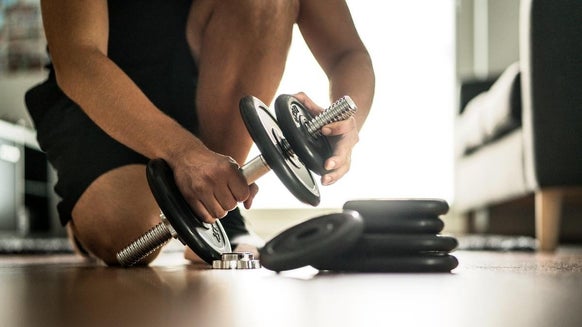Malic Acid | What Is It, Benefits, Side Effects & Uses

What is Malic Acid?
Malic acid is synonymous with apples. There is a reason that they say an apple a day keeps the doctor away, and malic acid may just be it. It is an organic compound found in many fruits, but most notably in apples. It has been known to reduce symptoms of pain and gastrointestinal problems, increase energy and improve people’s tolerance to exercise.
Where Can You Find Malic Acid?
Fruit is the foremost natural source of malic acid. It is an alpha-hydroxy acid, which is a type of chemical compounds consisting of citric acids (as in the fruits), glycolic acid (from sugar canes), lactic acid (which you’ll find in sour milk), tartaric acid (you get in grapes).
It is the sour or bitter taste that is commonly associated with certain fruits and vegetables and is used as an additive to improve taste in other foods, as well as its health benefits.
It is also found in many health and fitness supplements that are geared to reducing fatigue and increasing your threshold for exercise, along with its various other benefits.
Chances are you have not noticed malic acid as an ingredient in your mouthwash or toothpaste. One of its many uses is its ability to stimulate saliva production and reduce the population of potentially destructive bacteria in your mouth.


Benefits of Malic Acid
The most popular sporting supplements are those that naturally and safely improve your performance in terms of endurance, stamina, your ability to recover and your motivation. Malic acid is commonly found in such supplements for its capacity to ward off fatigue and boost your endurance.
What is it the doctor says about having an apple every day?
People that suffer from fibromyalgia and chronic fatigue syndrome often benefit from a healthy dose of malic acid.
This is because it helps the body to produce ATP. Often people lacking energy, or suffering one of the aforementioned conditions do not efficiently produce enough ATP. The deficit results in fatigue throughout the day and a lack of motivation, which can considerably impact your athletic ability. It is for this reason that using malic acid-containing sports supplements can result in a higher tolerance for exercise and greater results when taking part in endurance exercise.
When taken with magnesium supplements, it has also been found to reduce symptoms of pain, especially by patients with fibromyalgia and chronic fatigue syndrome. The effects of pain relief may be experienced as early as 48 hours after taking malic acid.
As well as all of the aforementioned positives, it is notably utilized in skin care products tailored to improve and maintain healthy skin. It is praised and celebrated as a fix for wrinkles, the signs of aging in your skin, blemishes and tired-looking skin.
This isn't the only alpha-hydroxy acid used to treat skin.
AHAs are typically used to battle dry skin, moisturizing skin, and removing dead skin cells. Because of this, it is popular for inherited diseases including ichthyosis (scaly skin) and melisma, which causes darkening of your skin. One of the ways in which it helps with dry skin conditions is by removing the uppermost layers of dead skin cells. It is also proven to increase the thickness of the deeper layers of your skin.
It’s not just your external skin that may benefit from malic acid, either. You may treat pain and tenderness inside your mouth with it.
If you are familiar with skin care products and related supplements, malic acid is one of the ingredients that you will find that promoted the production of collagen, a type of protein associated with the strength and suppleness of your skin.

Side Effects
It's generally considered safe, given that it is found in many fruits that you regularly ingest.
Gastrointestinal problems, bloating and cramps are listed as the most commonly known side effects of malic acid. If you experience these side effects, you should, first of all, seek professional medical advice. Hydration is a recurring cause of these symptoms and so it is recommended that you accordingly increase the amount of water you consume along with any increase in malic acid.
Pure malic acid can irritate your skin and eyes if it comes in direct contact. Little in the way of research is available, but other short-term side effects are given as nausea, diarrhea and headaches, which are usually linked to dehydration.






